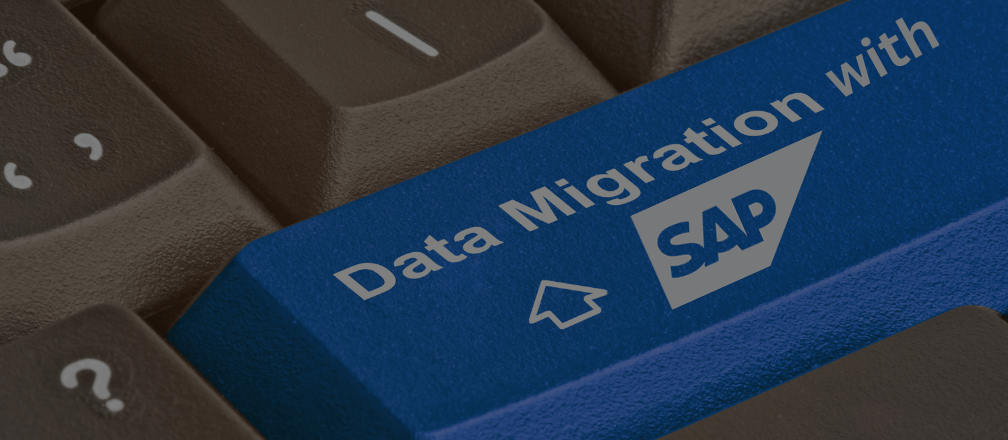Best Practices for Data Migration to SAP Business One

Data migration is an important and complicated process in SAP Business One. It requires proper execution and thorough planning before migration. Choosing the best practices for data migration is essential for a successful migration. Remember that it is crucial to pay attention to the best practices for data migration to ensure no data loss.
Best practices that ensure successful data migration to SAP B1
1. Understanding business requirements
Data migration is a complicated procedure, and many components can go wrong during the process. If you don’t pay attention to business requirements, it cannot map data properly, leading to data corruption and loss. Apart from this, business requirement understanding can be beneficial to determine the data that requires to be migrated and the process to choose. Such critical information ensures successful migration to SAP Business One.
2. Creating a robust plan and strategy for data migration:
The next important step is to create a strategy for data migration. Creating a proper plan can help define the scope of the project, understand the requirements, identify the challenges, help create a timeline, and set up a budget for the data migration. All these are essential to ensure a seamless migration.
3. Identify the source used for extraction:
When you identify and extract data, you might miss the important data present in other systems. This can lead to incomplete data migration and result in business disruption. To avoid such a scenario, it is crucial to list source systems for data extraction. It includes both SAP and non-SAP systems containing data that requires migration.
4. Make an assessment of source data:
It is essential to ensure data accuracy while moving from one system to another. Otherwise, there can be a risk of corruption. Certain techniques are used for analyzing data quality. The first is to simply look at it and find the obvious error, and the other is to use a data quality assessment tool for identifying issues like invalid values, incorrect data types, and missing values. Identifying the data problem will help to fix it before migration.
5. Map the fields:
Mapping fields is crucial to reduce the chances of migrating incorrect data or losing important data. When you don’t map fields, it can show up different problems in the future. Thankfully, you can find tools to help with the process and allow easy map fields between SAP and source systems.
6. Preparing the targeted SAP system:
It is crucial to prepare the SAP environment before data migration. It requires setting the correct structure and configuration to ensure the correct loading of data. So, testing data migration before launching is important to ensure correct data migration and no errors in the SAP system.
7. Test data migration procedure:
It is no more a secret that data migration is complicated, and the tiniest error can result in significant problems. So testing data before launching is vital to find the mistakes in the process and fix them beforehand. Professionals generally use different tools for testing data migration to ensure seamless data migration.
8. Validate migrated data:
Validation of migrated data completely is essential to identify errors. Several ways of validating data in SAP Business One include regression testing, unit testing, and manual testing.
To ensure seamless data migration to SAP Business One, you can choose a reputed agency like Cogniscient. With the best professionals and knowledge, they provide successful data migration without any loss or error.

